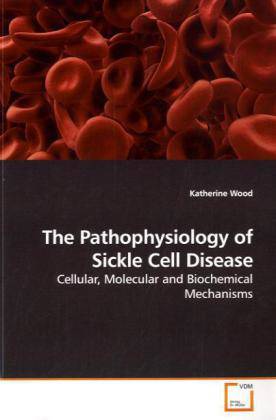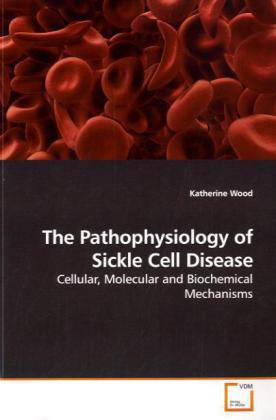
- Afhalen na 1 uur in een winkel met voorraad
- Gratis thuislevering in België vanaf € 30
- Ruim aanbod met 7 miljoen producten
- Afhalen na 1 uur in een winkel met voorraad
- Gratis thuislevering in België vanaf € 30
- Ruim aanbod met 7 miljoen producten
Zoeken
The Pathophysiology of Sickle Cell Disease
Cellular, Molecular and Biochemical Mechanisms
Katherine Wood
Paperback | Engels
€ 99,95
+ 199 punten
Omschrijving
Sickle cell disease is best known as an inherited hemolytic disorder of defective hemoglobin that distorts red blood cell morphology, function and lifespan. It is less well known as a disease that targets the microvasculature, characterized by increased expression of cell adhesion molecules, enhanced production of reactive oxygen species, abnormal blood cell-endothelial cell interactions in postcapillary venules and altered vasomotor responses in arterioles. These microvascular responses are crucial to the initiation and progression of vasoocclusive crises, the disease's critical pathophysiological event that leads to pain crises, organ injury and early mortality. This work considers sickle cell disease vascular pathology in terms of the cellular, molecular and biochemical players that participate in the evolution, progression and resolution of vasoocclusive crises. The work provides a comprehensive overview of the complex pathophysiology of sickle cell disease and is an ideal reference source for professionals in the medical and scientific community.
Specificaties
Betrokkenen
- Auteur(s):
- Uitgeverij:
Inhoud
- Aantal bladzijden:
- 192
- Taal:
- Engels
Eigenschappen
- Productcode (EAN):
- 9783639180411
- Verschijningsdatum:
- 18/08/2009
- Uitvoering:
- Paperback
- Formaat:
- Trade paperback (VS)
- Afmetingen:
- 152 mm x 229 mm
- Gewicht:
- 290 g

Alleen bij Standaard Boekhandel
+ 199 punten op je klantenkaart van Standaard Boekhandel
Beoordelingen
We publiceren alleen reviews die voldoen aan de voorwaarden voor reviews. Bekijk onze voorwaarden voor reviews.








